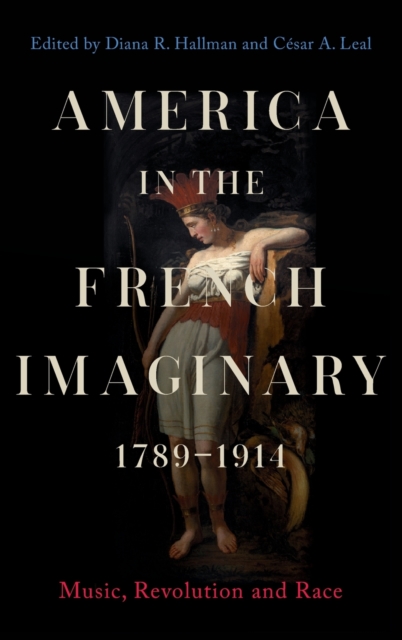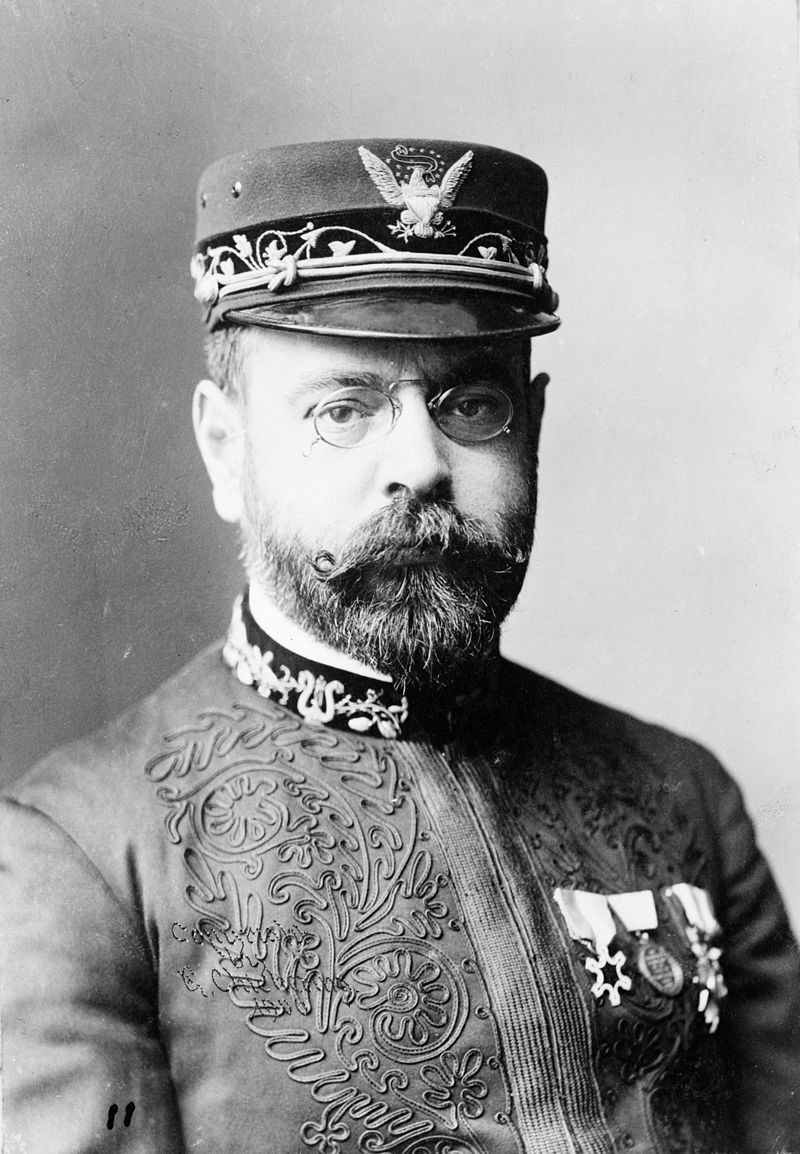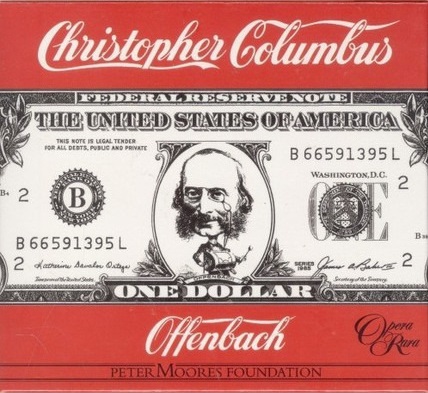John Groves
Operetta Research Center
4 June, 2022
“Music in Society and Culture” 1789-1914 we are informed on the cover of this new book. And then: “Following the American Revolution French authors [not composers, dancers, designers etc!] often viewed the United States as a laboratory for the forging of new practices of liberté and égalité … we find representations of America in French music, dance and theatre. [These are the] focus of this volume.” It’s entitled America in the French Imaginary.

The cover of “American in the French Imaginary” dealing with “Music, Revolution and Rance”. (Photo: Boydell Press)
The editors, Diana R. Hallman and Cesar A. Leal, attempt a complex justification of what is to follow: ten essays/chapters on aspect of culture in the two countries, Hallman penning the first.
The multi authored second essay on depictions of Indigenous Americans in 19th century French ballet is one of the more interesting. It is a shame that the example discussed in detail, Justament’s Le Bossu is so little known – there is no recording available as far as I can discover and only a few pictures, shown in two-tone grey!
In fact, even though there are a number of illustrations throughout the volume, several are unintelligible, for example Fig 2.10 on page 94 in which the writing is almost unreadable – and this is not the worst example. Most of the illustrations are sheet music covers which originally would have been in colour and lose a lot being reproduced in two-tone grey! Some quality control was needed here over both the choice of illustration and how they were printed.
Chapter Six purports to look at “Symphonies from the New World” except it doesn’t as the author, Douglas W. Shaddle, immediately gives up and instead writes mostly about Dvorak’s Symphony No. 9 “From The New World”!
If he had to choose a work by the Czech Dvorak surely something less hackneyed could have been chosen, such as the “American Flag” Cantata, “American Suite” or even the Violin Sonatina. These days, especially on the ever-imaginative Naxos CD label, there are many recordings of American symphonic music of this period, including some of the pieces mentioned in the programme for the All-American Paris World’s Fair concert of 1889.
When we reach chapter 7 we reach the main problem of this book: who is it intended for? The title of Chapter 7 is “Historical Acoustemology in the French Revolution Travelogue”. Most of the authors of these essays seem not to care about the poor reader who does not wish to have to wade through pretentious use of English in order to discover the information he/she requires.
I am surprised that the editors at Boydell did not send the volume to the “Campaign for Plain English” who would with great glee have transformed the book into something much more reader friendly.

John Philip Sousa in 1900. (Photo: Elmer Chickering)
The various authors also ignore important American musicians such as John Philip Sousa who made a vital contribution to American social and musical life by sending out professional bands to small towns in far corners of the country, for whom this was their first exposure to professional music, as well as Paris, seeing that Sousa’s bands toured the world. Similarly, Victor Herbert, one of the most influential of all American musicians in the years leading up to World War One, is not even mentioned.
However the most important omission in the entire book is that of Musical Theatre, or, to be more precise, operetta, which was a hugely popular social entertainment wherever there were theatres in the United States as well as in Paris (Offenbach’s “Bouffes-Parisiennes” comes immediately to mind). There was also much cross-fertilisation of ideas as shows transferred from one country to another and were adapted to suit new audiences, as well as being translated.

Jacques Offenbach’s “Christopher Columbus” on Opera Rara.
Operetta is not even mentioned in the book’s index and Offenbach himself is only referred to once. Nothing is said about the gradual change in America from operetta to the “American Musical” during the early years of the 20th century. Of course, once one looks at the extensive bibliography, the reason for the ignoring of this genre is obvious, there are no books that have been consulted by that fount of all knowledge on American and French Operetta and Musical Theatre.
Kurt Gänzl, whose books on the subject are not only factually superb, but are also something that I am afraid “America in the French Imaginary” is not, a good read!
